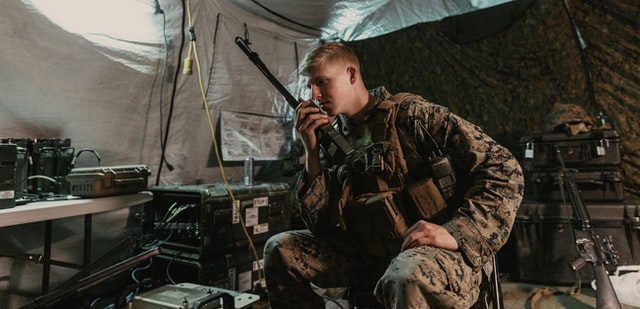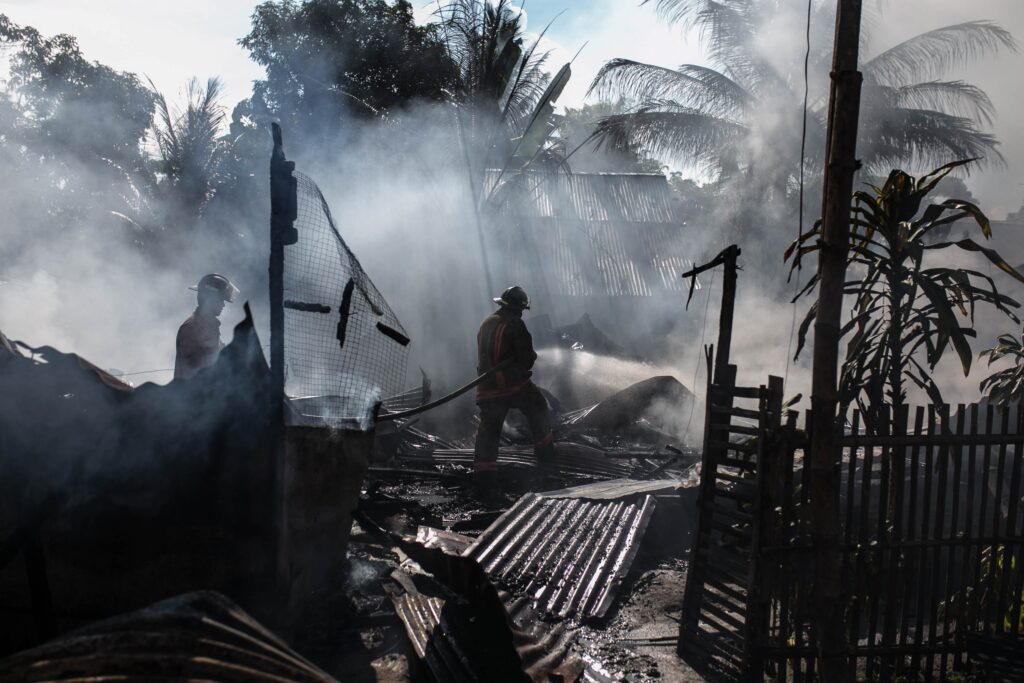Mobile Command Centers and Disaster Response
Mobile Command Centers Disaster Response
Disaster response consists of the immediate actions taken to contain, mitigate and reduce the impact of a disaster. The primary objective of Disaster Response is preventing life and property loss to the largest extent possible. Mobile Command Centers are a common strategy for disaster response.
Disaster response often begins before the disaster event occurs (such as with a hurricane), or immediately after the event. The ability to rapidly deploy Command Communications to the main nerve center during disasters is primary.
What is a Mobile Command Center?
A Mobile Command Center provides emergency communications for command, control and coordination during a disaster or critical incident. In emergency management, Mobile Command Centers are pervasive. Many response agencies use them. This includes law enforcement and public safety responders.
Mobile Command Centers have other names. This includes Command Vehicles, Mobile Command Vehicles, Mobile Incident Command Vehicles and others to name a few. These names all refer to the same thing. They all refer to large mobile platforms meant for providing “first on scene” response capability.
How are Mobile Command Centers Used in Disaster Response?
Many agencies and communities depend on Mobile Command Centers for rapid deployment. These systems are meant for rapid disaster and critical incident response. The general public most often sees Mobile Command Centers at community events. They are seen at county fairs, concerts, and festivals. Authorities use these events to exercise their vehicles and to project a public safety presence. Mobile Command Centers spend most of their service life in storage as they are rarely needed for their intended purpose.
The Role of Mobile Command Centers in Disaster Response
Mobile Command Center Deployment in Disaster Response vs Disaster Recovery
Mobile Command Centers Disaster Performance
Mobile Command Centers have a failed history with immediate disaster response. In the worst disasters, Mobile Command Centers were unable to get to the main scene fast enough. Mobile Command Centers are less effective for “first on scene” disaster response. During disasters the following often occurs:- Critical infrastructure is lost or significantly compromised. This includes roads. This hinders vehicle deployment.
- Main power and critical systems are greatly compromised or lost. Command Vehicles depend on these systems. This includes roads and fuel for sustainment.
- Command Vehicles need trained response teams. Response teams need recall. This causes delays.
As a result, Mobile Command Centers shouldn’t be depended on for primary rapid disaster response communications.
To summarize:
During disaster, if you can’t get communications (with certainty) to the main nerve center within the first hours, then Command and Control breaks down. This breakdown worsens the disasters’ initial impact.
Disaster Communications: The Ideal Solution:
What then is the best solution for rapid disaster response communications? In short, the ideal disaster response communication system needs the following:
- Rapid Deployment Capability: The system needs to be deployable with the first hours.
- Autonomous Operating Capability: You need to be operating completely independent of any other system.
- Sustainability: You need to be able to sustain operations for the immediate response and into the recovery efforts.
- Easy Operation: The system needs to be easy to operate, with no special team needed for deployment.
Tactical Communications
For rapid communications deployment capability (with certainty) during disaster response we need to think Tactical. Tactical Communications are highly deployable communication systems. They are ideal rapid response Command and Control.
Tactical systems are designed for rapid response. They are easy to operate and function under the most difficult conditions. Tactical Communications Systems are widely used by our military. They are specifically designed for delivering rapid on scene command communications. Tactical Communications Systems are more versatile are capable for both Disaster Response and Disaster Recovery.
The Best Communication System for Disaster Response
The best communication system for Disaster Response is the SemperComm® Portable Command Center (PCC). Our Portable Command Center is designed for rapid tactical deployment. The SemperComm® Portable Command Center delivers Mobile communications capability of a Mobile Command Command Center. However, it can be deployed in the first hours.
Our PCC is an affordable and comprehensive solution. Our Portable Command Center is the “best of breed”. The SemperComm® PCC is built in the U.S.A. to the highest standards in our ISO 9001 facility.
Contact SemperComm® to learn how our Portable Command Center prepares you for any situation.

Mobile Command Center capabilities, affordable cost. SemperComm®


If your existing mobile command vehicle lacks the ability to function without power, roads or networks, SemperComm provides solutions.

In an extended emergency or disaster it is understood that the first 72-hour window is when you as a responder have the greatest opportunities to minimize impact and save lives. Are you prepared?

If you have questions about how SemperComm® will benefit you.
To learn more about SemperComm® or for sales or questions, contact us.
About SemperComm® (“Always Communications”)
SemperComm’s Portable Command Center is the only system available today that does not need any infrastructure in order to operate and provides all the mission critical capabilities above. You can learn more about our patented Portable Command Center Here.
SemperComm® Systems is an Emergency Management consulting firm that provides emergency management services and emergency communications products. To learn more about how SemperComm® can meet your needs contact us.
